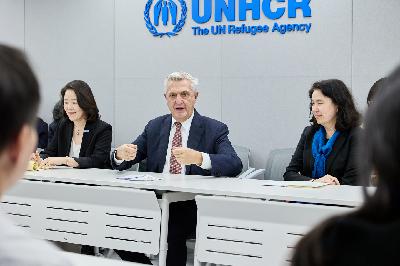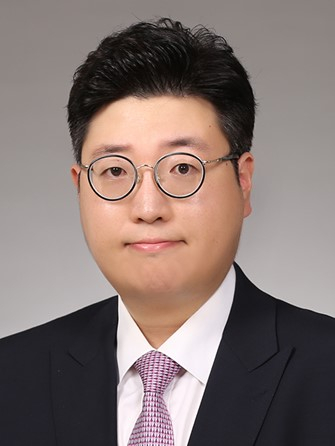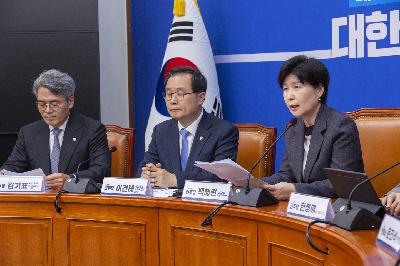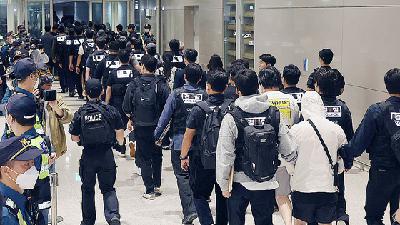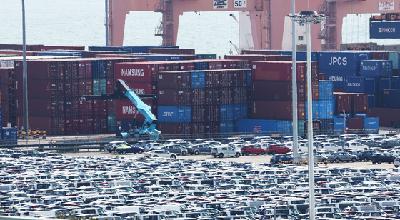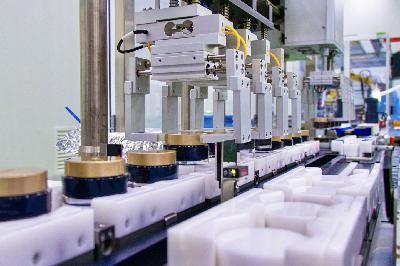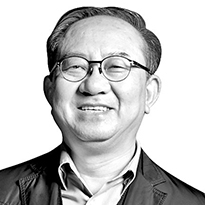When power wounds itself — and tests its allies
Update: 2025-10-19
Description
Lee Ha-kyung
The author is a senior columnist at the JoongAng Ilbo.
In early December 1950, at the height of the Korean War, panic swept through Seoul. Rumors spread that "the United States is about to sell out Korea to China." Half a million people fled south. It was not fake news. After sending ground troops within five days of North Korea's invasion and rescuing South Korea through General Douglas MacArthur's Incheon landing, Washington faltered following the disastrous "Home by Christmas" offensive on Nov. 24. Some U.S. officials called for withdrawal. Critics in Washington asked, "If we were going to pull out, why did we intervene at all?" Such swings in opinion and politics reveal how global powers move in the real world of international relations.
At a joint meeting of the U.S. State and Defense Departments, military leaders declared South Korea had "no strategic value" and pushed to withdraw. Secretary of State Dean Acheson objected, warning that "Koreans will be massacred." On Jan. 14, 1951, President Harry Truman decided to stay. But the threat of U.S. withdrawal continued to haunt a fragile South Korea. President Syngman Rhee, lacking any bargaining chip like "MASGA" - short for "Make American Shipbuilding Great Again" - managed, through sheer persistence, to secure the U.S.-Korea Mutual Defense Treaty after direct talks with Truman and Dwight Eisenhower.
Great powers have never been benevolent Santas. For weaker nations, only self-reliance and the ability to project value can prevent abandonment. That harsh reality still applies in 2025, amid President Donald Trump's trade and tariff wars. The difference is that today's South Korea is no longer a war-torn, impoverished country. It leads the world in semiconductors and stands as a manufacturing powerhouse in shipbuilding, nuclear power and defense - industries that even America depends on.
South Korean economic policymakers have been in Washington negotiating the structure of a $350 billion investment package to address the tariff standoff. Top business leaders are lending informal support, even joining Trump on the golf course. Yet Trump keeps repeating his unrealistic demand: "The $350 billion must be paid up front." A.G. Hopkins, professor emeritus at Cambridge University and author of "American Empire: A Global History" (2018), said that Trump's tariff policy amounted to "shooting his own empire in the foot," calling it a form of economic imperialism that upends the postwar order built on global trade and cooperation.
Still, Trump remains politically strong, backed by the anger of working-class Americans who saw their manufacturing jobs vanish. South Koreans cannot understand why their country should inject $350 billion in cash into the U.S. economy, yet Trump insists that America has been "raped and pillaged," blaming not only adversaries but also allies. Ironically, South Korea's alliance makes it an easier target. China has already retaliated by sanctioning five U.S. subsidiaries of Hanwha Ocean, a key shipbuilder - a direct strike on what Trump sees as South Korea's core bargaining chip, the "MASGA" factor. South Korea has become the punching bag of great power rivalry.
How can it escape this crisis? The alliance with the United States must remain South Korea's top priority. Yet, Seoul also needs "strategic autonomy" - the ability to act flexibly on individual issues without overdependence on any one country. Self-strengthening and balance must go hand in hand. South Korea should reinforce its defense capability and diversify trade beyond the U.S. and China. Joining the Comprehensive and Progressive Agreement for Trans-Pacific Partnership alongside the European Union could be a game changer, giving access to a market that accounts for 30 percent of global GDP. In that case, South Korea would no longer have to look exclusively toward Washington or Beijing. At home, anti-business policies that weaken industrial competitiveness would be self-destructive. ...
Comments
In Channel


![[Hired in Korea] Taiwanese pharmaceutical worker shares how to stand out in the job market as a foreigner [Hired in Korea] Taiwanese pharmaceutical worker shares how to stand out in the job market as a foreigner](https://s3.castbox.fm/25/ae/48/1e5cbd6e6828ef399ce5e021770df62f5a_scaled_v1_400.jpg)


